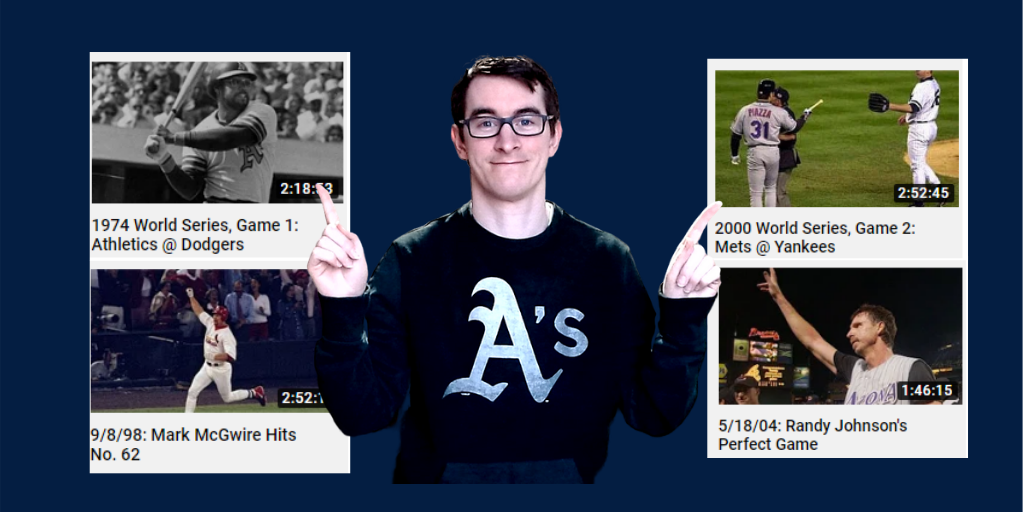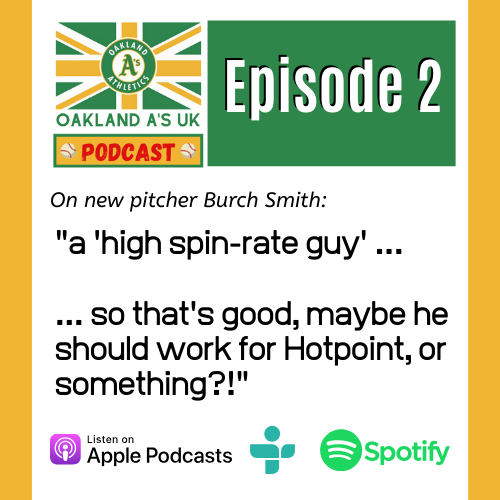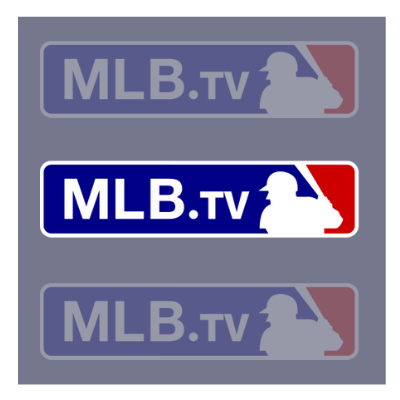
The official announcement on Thursday that MLB’s Opening Day, plus Great Britain’s World Baseball Classic qualifier in Arizona, would be postponed was as sad as it was inevitable.
Few can doubt the necessity of the decision given the frightening escalation of the coronavirus pandemic across the globe this week. Outdoor mass gatherings of people may not necessarily have a huge impact on the spread of the disease, but logic suggests it will have some impact and it simply doesn’t seem right to accept the risk for the sake of playing a game.
However, we all know that describing baseball, football, cricket or whatever other sport you follow as ‘only a game’ does it a great disservice. Who wins or loses doesn’t really matter in the end, despite at times it seeming to matter more than anything, but the sport as a whole means a huge amount to millions of people. As I tweeted earlier on Saturday:
MLB is unlikely to get going again until May at the earliest and that will feel like an eternity, not least because so many other parts of our daily lives are going to be affected in the weeks and months ahead too. It’s at times like this that we all need to support each other, as friends, families, work colleagues and as an online community.
Tim Collins, the baseball commentator who does such a great job covering games in Europe, immediately stepped up with an act of kindness that we can all appreciate.
The Reddit thread that Tim mentioned can be found here.
It says a lot about MLB’s maddeningly inconsistent approach to online content that I read this with only cautious optimism, fearing that this may have been something that MLB had done in the past but then closed down.
Thankfully I can confirm (at time of writing!) that is not the case.
The first place to bookmark is the MLB Vault: https://www.youtube.com/user/MLBClassics/videos . Click on the videos tab and you’ll find a sweet shop (candy store, if you prefer) full of treats, predominantly games from the last 20 years but some classic play-off games and historic performances (such as Tom Seaver’s 1978 no-hitter) from earlier too. The number of Japanese titled games (generally involving Ichiro) show it’s not something MLB really markets to its core US audience, and therefore not something they put much time into, but sometimes MLB not paying close attention to something actually works out better for us!
The bulk of the Reddit thread reveals that since 2009 games have been fed through MLB’s range of YouTube channels, the current one being https://www.youtube.com/user/MLB, and that you can find them so long as you follow the thread’s guidance on how to search for them.
As the Reddit thread notes, not all games are available, but the vast majority are. For obvious reasons, current season games are never available this way as you can (and definitely should) buy an MLB.TV subscription to watch those live and on-demand. A quick bit of searching suggests games are there up to 2018, so we’ll have to wait and see when the 2019 ones become available.
Looking through it all, I still can’t shake the feeling that it is too good to be true and MLB will suddenly come along and take them away; however, even MLB wouldn’t be crazy enough to do that during this pandemic period. Hopefully, anyway!
Watching back on-demand games isn’t quite the same as live, of course, but it’s still lots of fun baseball to enjoy. That’s especially the case if you are part of the ‘Baseball on 5’ generation like me and became hooked on the sport in the late 1990s/early 2000s. Sure, watching some of those classic World Series games loses something without it cutting back to Jonny and Josh (or Todd or Dave) in their tuxedos at 3am, yet going back and seeing those games again is going to be a whole lot of fun.
In fact, as I type this, the idea of doing some live watch-backs, plus maybe some shorter reaction videos, for the A’s UK YouTube channel, sounds like a good one. Keep an eye on my Twitter account for details soon.
Playing or going to watch baseball games isn’t worth risking a life over, but the joy we get from baseball is one of the many things that makes life worth living.
Enjoy!
UPDATE: 15 March. MLB is getting into the spirit of things by making a classic game for every MLB team available to watch for free. The article about it links into the MLB Vault channel so that bodes well for them not getting rid of it any time soon.










